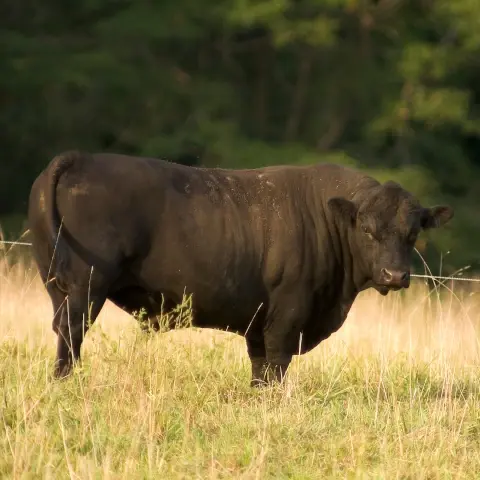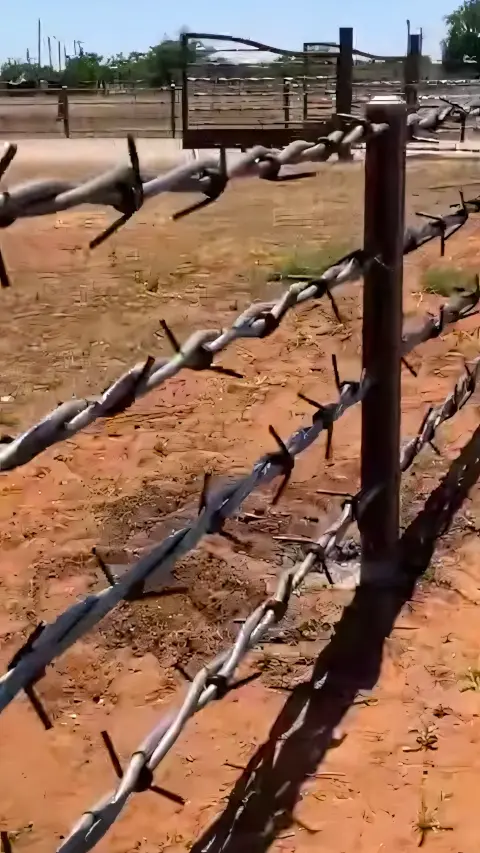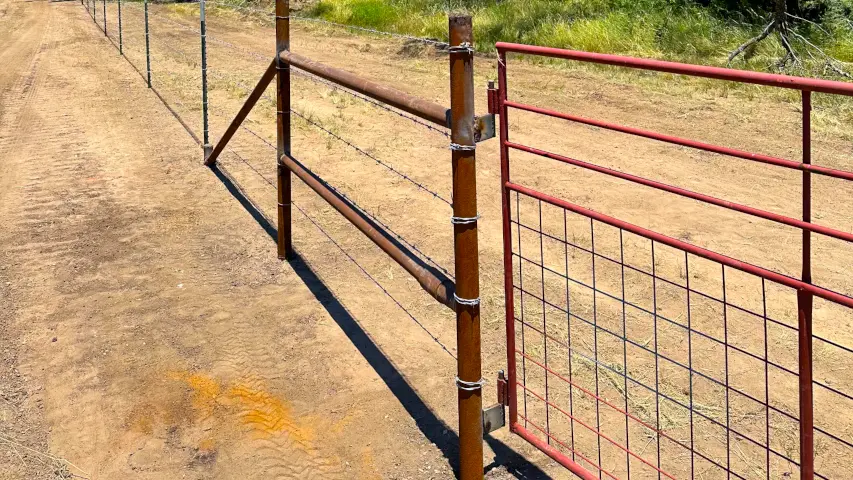July 29, 2025

Angus cattle are known for their docile nature, excellent meat quality, and adaptability to Texas’ climate. But don’t let their reputation for calmness fool you — these cattle can test your fencing if it’s not built for strength and longevity. Whether you're managing a small herd or running a full-scale beef operation, choosing the right fencing solution is key to protecting your investment and simplifying daily ranch life.
Why Fence Type Matters for Angus Cattle
Angus are medium to large-bodied cattle that are often raised on rotational pasture systems across Texas. They're naturally curious and may lean on or test weak fence lines, especially where shade, water, or feed is on the other side. Poor fencing leads to:
- Escapes and liability risk
- Fence damage and costly repairs
- Injured livestock
- Lost grazing efficiency
Recommended Fencing Solutions for Angus Operations

1. 5-Strand Barbed Wire Fencing
- Why it works: Affordable, proven, and effective across large acreages.
- Key spec: Class 3 galvanized barbed wire with properly tensioned corners.
- Upgrade tip: Use larger posts at gates and corners to resist push force.
2. High-Tensile Smooth Wire
- Why it works: Less maintenance, longer life span.
- Perfect for: Cross-fencing and rotational grazing systems.
- Optional: Add electric strands for extra herd control.
3. Pipe Fence Corners & H-Braces
- Why it works: Adds structural integrity where pressure is highest.
- Common layout: Pipe corners + T-post lines.
4. Gates That Handle the Load
- Recommendation: Heavy-duty tubular steel gates at least 12’ wide.
- Add-ons: Spring-loaded latches, remote gate entry for truck access.
Smart Layout for Efficiency

For ranches with larger herds or multiple pastures:
- Use cross-fencing to rotate pastures and control grazing pressure.
- Include water gaps with floating or suspended fencing designs.
- Clear fence lines of brush and mesquite to reduce maintenance.
Real-World Application
At Fred Nuncio Fencing, we’ve installed miles of Angus-compatible fence across the Hill Country and South Texas — from small hobby ranches to full-scale operations. Our team understands the practical realities of Texas terrain and can customize a solution that keeps your cattle secure and your pasture management efficient.
Final Thoughts
Angus may be calm, but they still need tough, no-nonsense fencing built to withstand years of Texas sun, weather, and herd pressure. The right system reduces labor, improves safety, and protects your bottom line.
Ready to Build a Fence Built for Angus?
Let’s talk about your operation’s needs.
FAQ: Fencing for Angus Cattle in Texas
Angus cattle are known for being calm, but they still demand a strong, well-planned fencing setup—especially in rugged or high-traffic areas of Texas ranchland. Below are some common questions we get from ranchers planning to fence their land for Angus operations.
The most cost-effective option for large ranches is typically a 5-strand barbed wire fence with pipe H-braces. It’s affordable, durable, and easy to maintain with proper tensioning. For added control, some ranchers add one strand of electric wire.
While Angus are generally less aggressive, they can lean on weak fence lines, especially near feed or water. Younger or stressed animals may also try to push through. Using pipe corners and secure gates is key for long-term performance.
A standard fence height of 48 inches (4 feet) is sufficient for Angus cattle. Avoid going lower, especially near slopes or water gaps, where cattle may gain footing to step over.
Both work well. Barbed wire offers traditional containment and is familiar to most ranchers. High-tensile smooth wire requires less maintenance and works great in rotational grazing systems — especially when combined with electric strands.
Yes, but you'll want closer post spacing and consider adding a low electric strand or mesh panel at the bottom to prevent calves from slipping through. For mixed-age herds, we recommend designing for calf containment first.